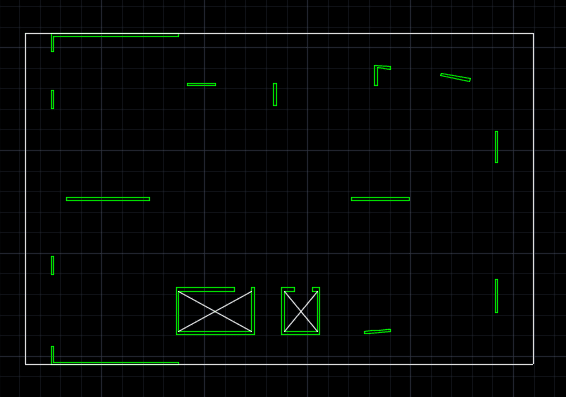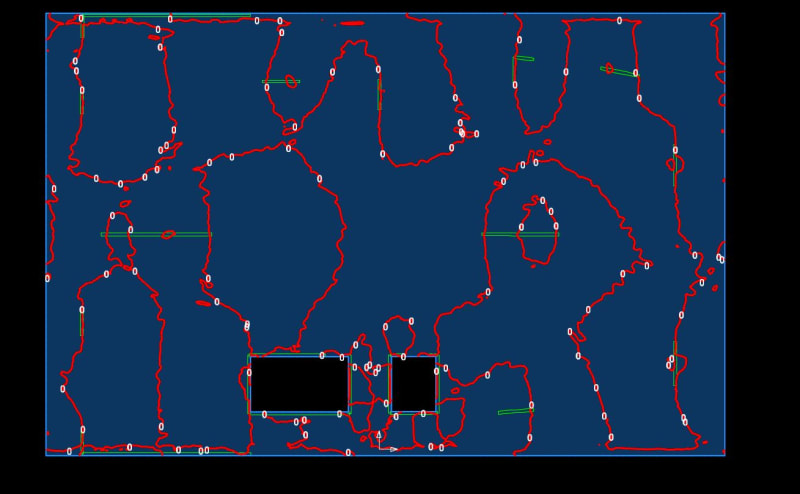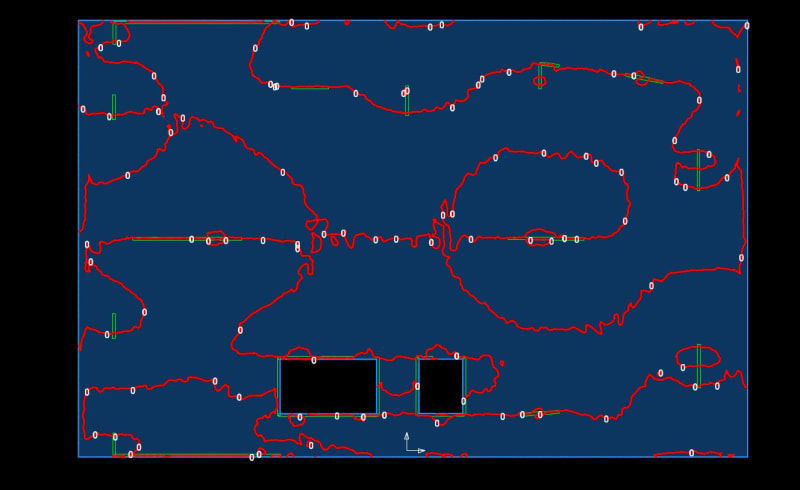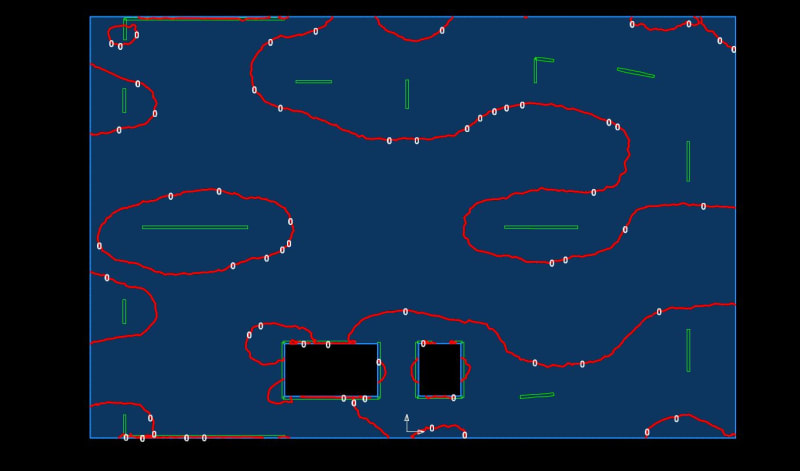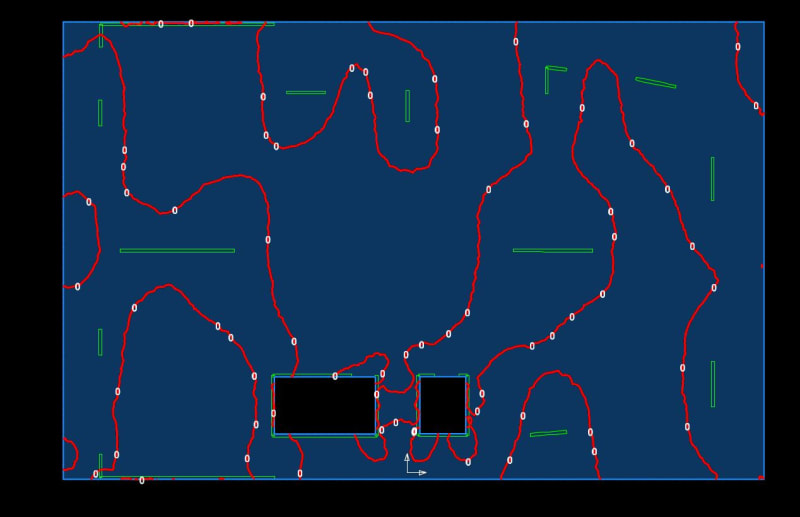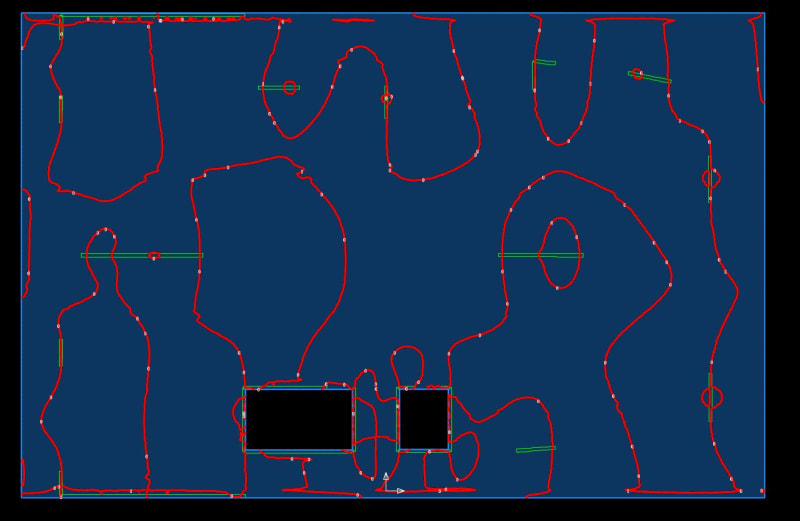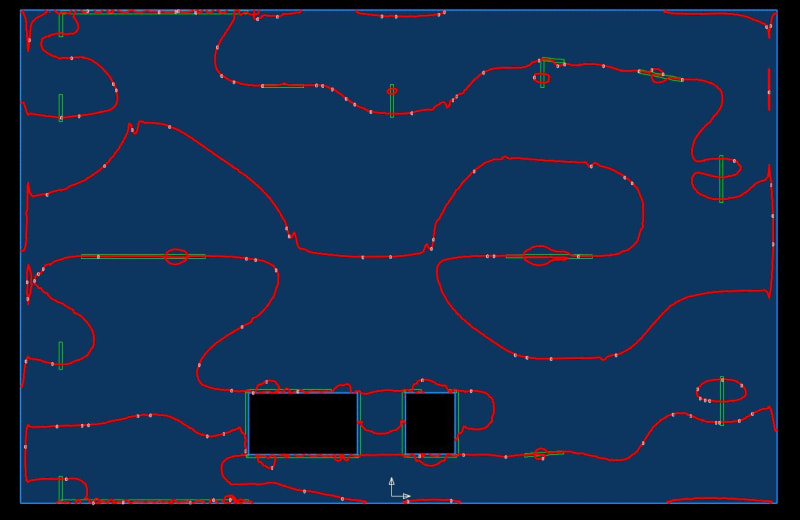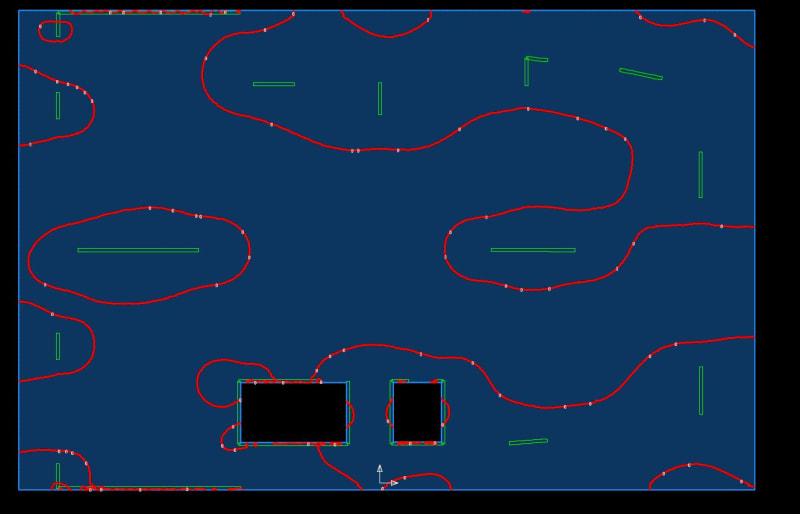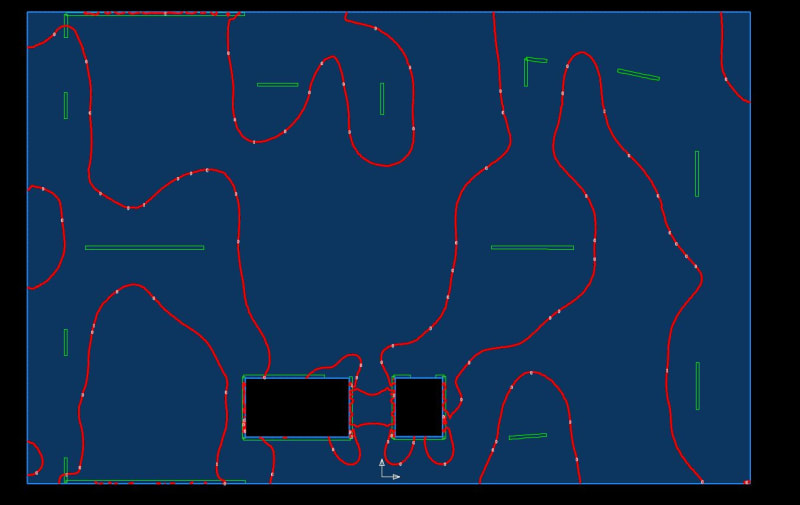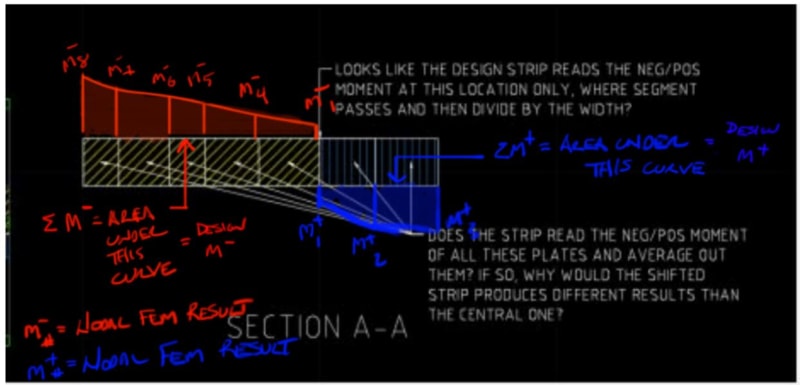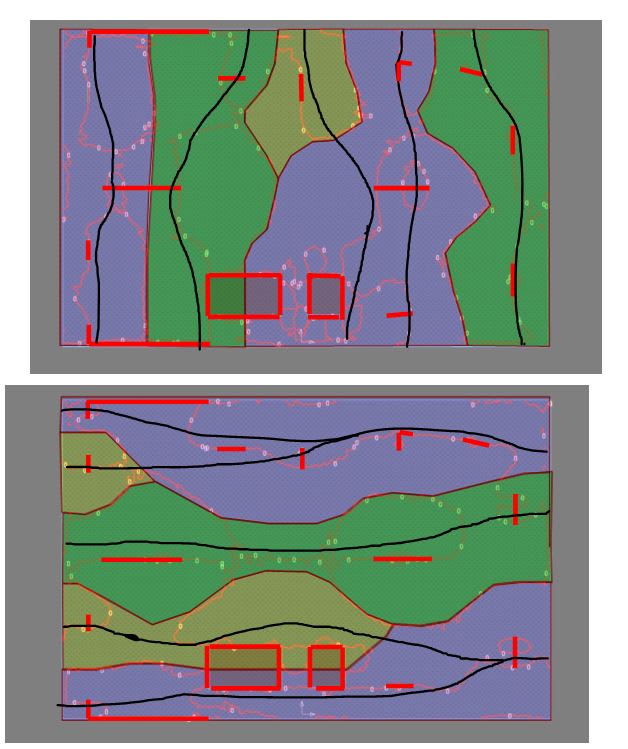You are right about Drop Panels. I have commented on this whole topic many times on different threads. You could try to find them if you want the detail.
The logic is purely a PTI/ACI development so you will not find a lot in other codes or text books from other countries. Unfortunately, the text books on it are from USA and give examples with drop panels, including the PTI manual (not sure if it is in current releases as I have not wasted my money on one for about 40 years). It does not say a lot about the authors. The logic elsewhere is the same as RC flat slab logic using column/middle strips in both directions and laying out the tendons and reinforceemnt in a 2way pattern. So no special books are required!
The original concept was that with unbonded prestress you could not easily weave the tendons so they came up with the idea of a one way banded/distributed tendon pattern that provided a logical load balance but did not match the elastic moment pattern and only in flat plate slabs, no drop panels.
So the ultimate condition required a lot of redistribution and is basically a yield line solution without a yield line analysis. This actually works ok with regular column grids with flat plate slabs. The problem with this is that as the column pattern becomes more random, the elastic analysis you are getting from FEM differs by more and more from the Yield Line result you are actually trying to achieve. Averaging the results of an elastic analysis with random column positioning is not consistent with a possible yield line solution.
Also, unbonded prestress required a lot of extra bonded reinforcement to make the slab act as a flexural slab once cracking occurred. Without that and without bond of the tendons the slab went into catenery.
This extra reinforcement, top over the supports in both directions and a bottom mat in the slab panels made assisted the slab in acting as a flat slab should.
But the idea at the start was to keep the stresses low at service (basically in compression) so that the slab was uncracked at service, so there was no redistribution at service so deflection performance was no adversely affected. If you look at the British TR43 Version 1 which used this method for BS8110, it required a tension limit in negative moment zones of 0, i.e. fully in compression, based on the average stress in the panel!
Then people started doing it with bonded prestress and also allowing much higher stresses as we would in a partially prestressed slab. But bonded prestress design codes do not require this extra reinforcement so designers using the logic were missing out on the benefits of the extra reinforcement as the codes assumed proper 2way column middle strip logic is being used with bonded tendons so this extra reinforcement was not mentioned in other codes. Banded/distributed slabs require this extra reinforcement also!
